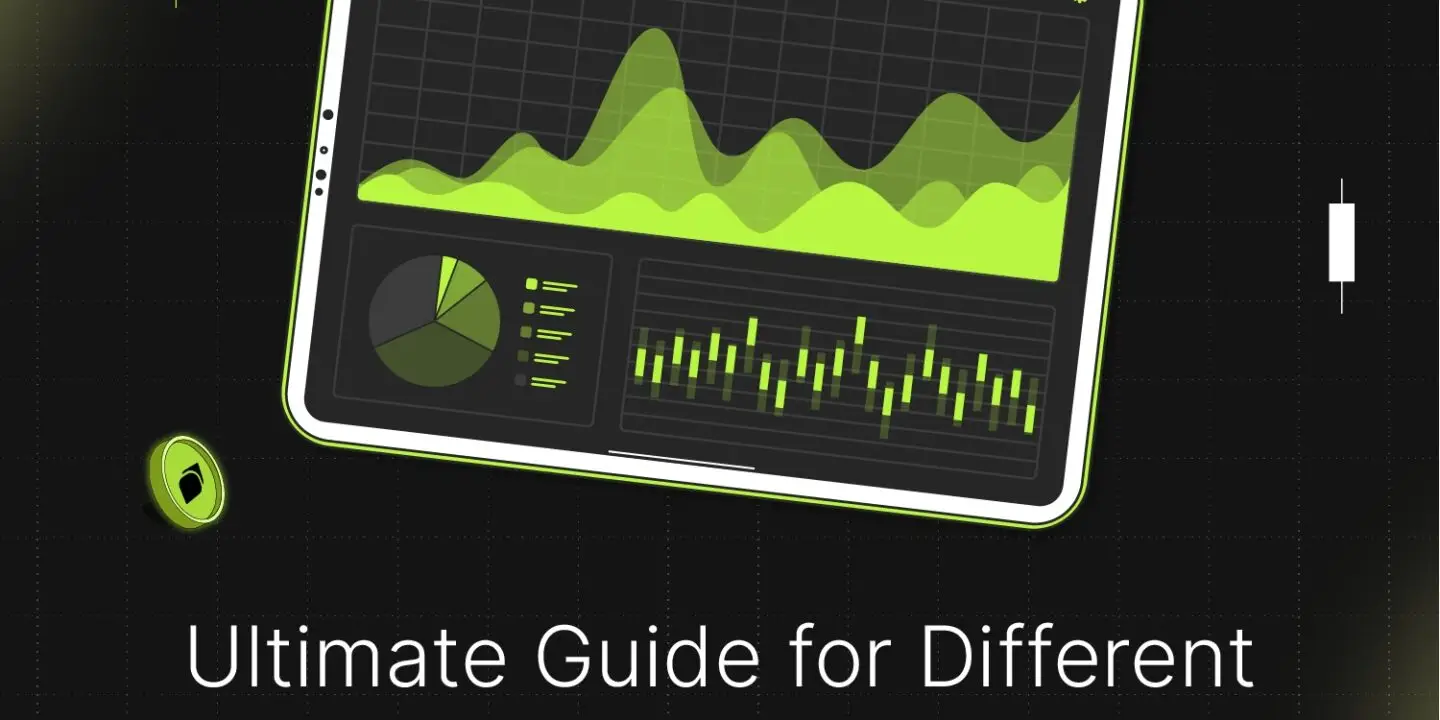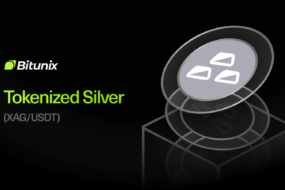
Understanding the difference between long and short positions is essential for anyone interested in crypto trading. These positions define how traders approach the market, how they profit, and how they manage risk. Whether in spot markets or futures contracts, knowing when to go long or short can make a significant difference in trading outcomes.
In this guide, we explain what long and short positions mean, how they work in cryptocurrency futures trading, and how to decide which strategy fits different market conditions.
What Does It Mean to Go Long vs Short?
Going long means buying an asset with the expectation that its price will rise. The trader profits if the asset’s value increases and sells later at a higher price.
Going short means selling an asset you do not own, usually through futures or margin trading, with the expectation that the price will fall. The trader profits if the asset’s value decreases and they can buy it back at a lower price.
What Is the Difference Between Going Long and Going Short?
The main difference lies in market direction. A long position benefits from price increases, while a short position benefits from price decreases.
- Long position: Buy low, sell high
- Short position: Sell high, buy low
Both strategies can be used in crypto futures trading to capitalize on market movements in either direction.
Long vs Short: Key Differences
| Feature | Long Position | Short Position |
| Action | Buying crypto | Selling borrowed crypto |
| Profit Scenario | Price rises after purchase | Price falls after selling |
| Risk | Price drops instead of rising | Price rises instead of falling |
| Common Use Case | Bullish outlook | Bearish outlook |
| Example | Buy BTC at $50,000, sell at $60,000 | Sell BTC at $50,000, buy back at $40,000 |
Practical Examples of Long and Short Positions
Example of a Long Position
- You believe Bitcoin will increase in value.
- You buy 1 BTC at $45,000.
- A week later, the price rises to $50,000.
- You sell your BTC for $50,000, earning a $5,000 profit.
This is a simple long trade: buy first, sell later at a higher price.Example of a Short Position
- You believe Bitcoin will decrease in value.
- You enter a short futures position at $50,000.
- The price drops to $40,000.
- You close the position by buying BTC back at $40,000, netting $10,000 in profit.
This is a short trade: sell first, buy later at a lower price.
How Do You Know When to Go Long or Short?
Traders use technical analysis, market sentiment, and fundamental events to decide whether to go long or short.
- Go long when indicators suggest bullish momentum, such as moving averages trending upward.
- Go short when indicators show bearish momentum, such as falling support levels or negative news.
Market conditions, news events, and overall sentiment should guide whether you open a long or short position.
Futures Trading Positions: Long vs Short
In crypto futures trading, both long and short positions are equally important because they allow traders to profit in any market condition. Unlike spot markets where you can only buy and wait for the asset to appreciate, futures let you take advantage of downward trends by shorting.
Bitunix and other futures platforms allow traders to choose leverage, which amplifies both profits and risks when going long or short. Managing this leverage carefully is essential.
Is It Legal to Go Long and Short at the Same Time?
Yes, it is generally legal to hold both long and short positions simultaneously. This is often referred to as hedge mode. For instance, a trader might open a long-term long position while also holding a short-term short to manage volatility. However, not all regions or platforms allow this practice, so traders should confirm the rules of their exchange and the legal framework in their country.
Does Long Mean Buy or Sell?
In trading, long means buy. A trader who is long expects the asset’s price to rise and profits when it does. Short means sell, usually by borrowing or using futures contracts. Traders who short profit when the asset’s price declines.
Why Is Buying Called Long?
The term long comes from traditional finance, where holding an asset for an extended period is called a long position. The idea is that traders intend to hold the asset for the long term in hopes of price appreciation. In crypto trading, this terminology is used the same way.
What Is a Long Sell?
A long sell refers to closing a long position by selling the asset you initially bought. For example, if you bought Ethereum at $1,500 and later sold it at $2,000, your act of selling is a long sell, and your profit comes from the price difference.
What Is an Example of Going Short?
Imagine you expect Bitcoin to drop from $60,000 to $55,000. You open a short futures position at $60,000. When the price drops to $55,000, you close the position and profit from the $5,000 decline. This is a textbook example of going short.
Can You Use Long and Short Positions for Hedging?
Yes. Many traders use long and short positions together as a risk management strategy. For example, if you hold a long position for long-term growth, you might temporarily open a short position during market downturns to protect your portfolio. This strategy is common in hedge mode on futures exchanges.
When to Short vs Long
- Go long: In bullish markets, after positive news, or when technical analysis suggests upward momentum.
- Go short: In bearish markets, during corrections, or when indicators show declining momentum.
Timing and risk management are key to choosing correctly.
Understanding Position Size in Crypto Trading
Position size refers to how much of your portfolio you allocate to a trade. Whether long or short, managing position size is crucial to risk control. Using too much leverage or allocating too much capital can amplify losses. Traders should define position size based on account balance, leverage, and risk tolerance.
Trading Styles and Long/Short Positions
Different trading styles apply long and short positions differently:
- Scalping: Quick trades with both long and short positions for small profits.
- Day trading: Entering and exiting long or short positions within the same day.
- Swing trading: Holding long or short positions for days or weeks based on trends.
- Position trading: Long-term strategies, typically involving long positions.
How to Open Long and Short Positions on Bitunix (Example)
Although every exchange differs slightly, here is how it works on Bitunix:
- Log in and go to the Futures section.
- Choose your trading pair (for example BTC/USDT).
- Select your leverage level and confirm.
- Click Buy/Long if you expect prices to rise.
- Click Sell/Short if you expect prices to fall.
- Place stop-loss and take-profit orders to manage risk.
This process shows how traders can mechanically open long or short futures positions on a crypto platform.
Conclusion
Long and short positions form the foundation of crypto trading. Long positions profit when prices rise, while short positions profit when prices fall. Both are powerful tools, particularly in futures trading where traders can speculate in both directions.
Understanding when to go long or short, how to manage risk, and how to size positions appropriately helps traders adapt to market conditions. Whether you are new to trading or experienced, mastering long and short strategies is key to success in crypto markets.
FAQs
1. What does it mean when you go short?
Going short means selling an asset you do not own, typically through futures or margin trading, with the expectation that you will buy it back later at a lower price. Profit is made when the asset’s price falls.
2. How do you report crypto long and short positions for taxes?
In most jurisdictions, long and short trades that result in profit or loss are considered taxable events. Traders should keep detailed records of entry and exit prices, dates, and transaction amounts for tax reporting.
3. What is the difference between long and short in futures contracts?
In futures trading, a long position means you agree to buy the asset at a later date at today’s price, while a short position means you agree to sell at today’s price. Both allow speculation on price movements without holding the underlying asset.
4. Can beginners short crypto?
Yes, but shorting is riskier than going long. Since prices can rise indefinitely, potential losses in short positions are unlimited. Beginners are advised to start with small position sizes and proper risk controls.
About Bitunix
Bitunix is one of the world’s fastest growing professional derivatives exchanges, trusted by over 3 million users across more than one hundred countries. Ranked among the top exchanges on major data aggregators, Bitunix processes billions in daily volume and offers a comprehensive suite of products including perpetual futures with high leverage, spot markets, and copy trading. Users can trade bitcoin and other major cryptocurrencies on the platform, taking advantage of advanced trading features. Known for its Ultra K line trading experience and responsive support, Bitunix provides a secure, transparent, and rewarding environment for both professional and everyday traders. Bitunix Academy adds structured lessons so you can build skills while you trade.
Bitunix Global Accounts
X | Telegram Announcements | Telegram Global | CoinMarketCap | Instagram | Facebook | LinkedIn | Reddit | Medium
Disclaimer: Trading digital assets involves risk and may result in the loss of capital. Always do your own research. Terms, conditions, and regional restrictions may apply.












